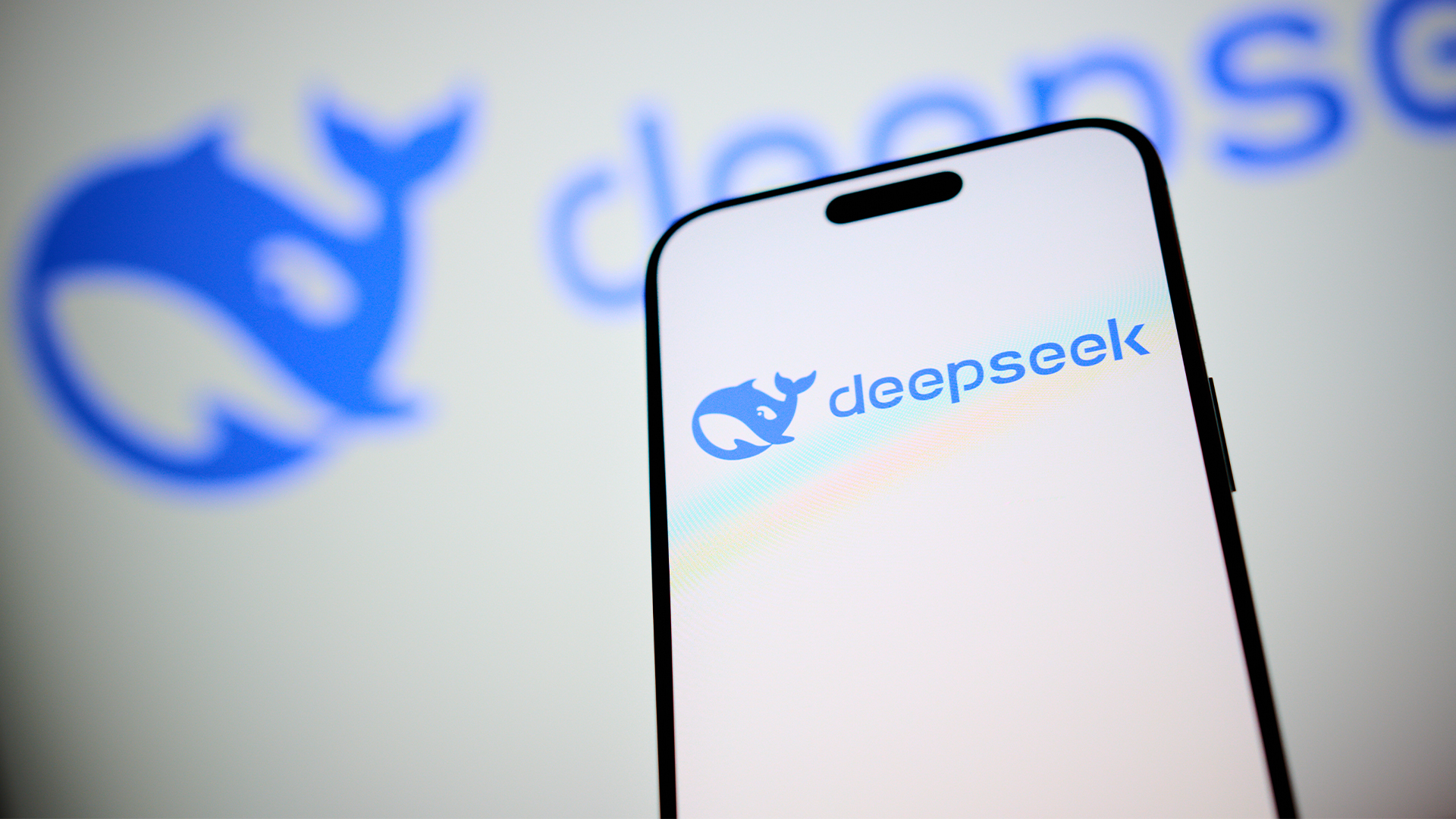Flexible working: Have you got the right tools in place?
More employees are working from home than ever before. But are they fully equipped for this new way of working?

The implementation of the government’s flexible working legislation on June 30, 2014 has served as a call to action for businesses across the UK. With clearer guidelines around employee rights, this legislation has affected companies in several ways. Employees have the option to choose part-time, compressed or flexible working hours. It is also possible for employees to build a work schedule tailored to their personal needs with the option to work from home altogether.
Changing working patterns and behaviours look set to have a massive impact on businesses. Empowering more staff to work flexibly will have a positive impact on employee satisfaction, but businesses need to ask themselves; how they can continue to drive productivity?
In the first three months of 2014, the number of people working from home in the UK reached a record 4.2m (which is nearly 14 percent of the workforce), according to the Office for National Statistics. It’s clear from these figures that there is already enthusiasm to embrace remote working and it will be interesting to see how the number of remote workers grows following the recent government legislation over the coming months.
Despite progressive changes in the law, businesses are still concerned that accommodating flexible working will increase business costs or compromise on productivity. Putting the right foundations in place to utilise the full power of their workforce is therefore essential – it’s the only way to adapt to this new way of working.
There are a number of tools on the market that can help businesses manage a flexible workforce in this new age. For example, market research body, Instant.ly, recently conducted a national survey showing that if an in-person meeting is not possible, more than half (54 percent) of respondents would choose videoconferencing as the next alternative, highlighting that employees prefer to explore different tools to connect with one another.
So, how can businesses help employees enjoy flexible working whilst still maintaining a collaborative and efficient business?
Enable communications irrelevant of location
ChannelPro Newsletter
Stay up to date with the latest Channel industry news and analysis with our twice-weekly newsletter
Some organisations, particularly those with a global footprint, will already have measures in place to support remote working. For example, videoconferencing services might be used to help initiate an instant face-to-face conversation. In a business setting the constant sharing of ideas and documents is key and communication channels need to facilitate this exchange.
Assess working hours to ensure the utmost productivity
London is a hot-spot for international business and, as a result, very few Londoners are working a 9-5 day. According to a recent annual study by Blue Jeans Network, while days begin at 8am and wind down at 6pm for most of the EU, the peak hours for London activity are spread more broadly – starting at 7am and slowing down at 9pm. However, the recent flexible working legislation offer Londoners the option to negotiate their working hours that ensure their utmost productivity. For example, if an employee has a majority of American clients, they could log on from lunchtime to early evening in order to connect with these colleagues.
Making systems and organisations work together
When international companies find the need to connect with other businesses across different time zones, interoperability is especially important. Solutions that seamlessly work well together offer increased flexibility to users, providing the option to communicate and collaborate in a way that suits them. This increased flexibility provides users with a choice to connect how and where they want, without compromising effective working connections.
Nearly two months after the flexible working legislation, businesses are having to make a real transition towards the “flex-working” mentality. However, the future of flexible working relies upon how businesses succeed in maintaining a collaborative and efficient communications set-up. As we look ahead to the flexible working infrastructure impacting more and more businesses, it will be important to evaluate communications processes in order to manage this. After all, as employees expect and are encouraged to embrace a new age of smarter working, so too must their employees.
James Campanini is VP / GM Blue Jeans Network, EMEA

